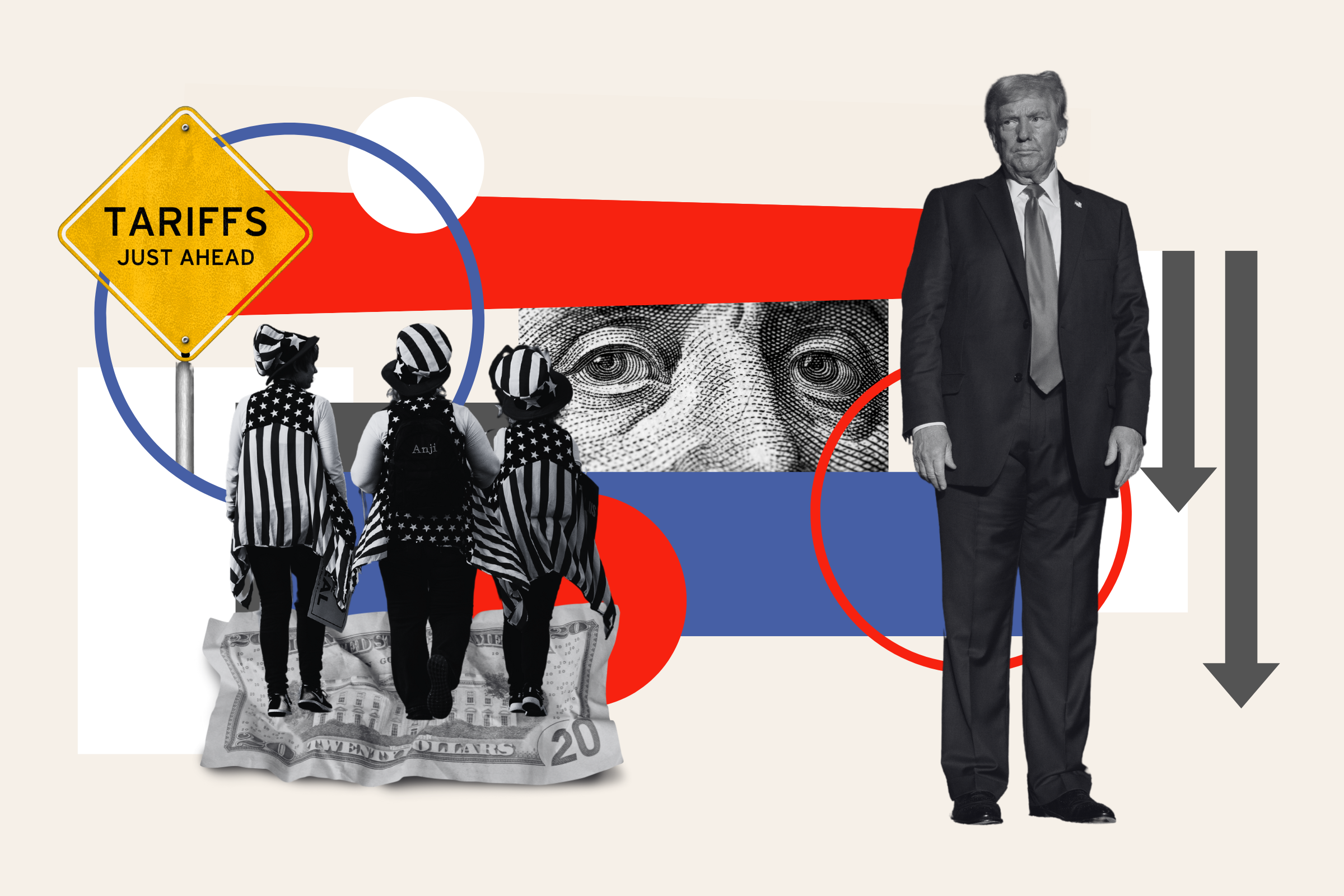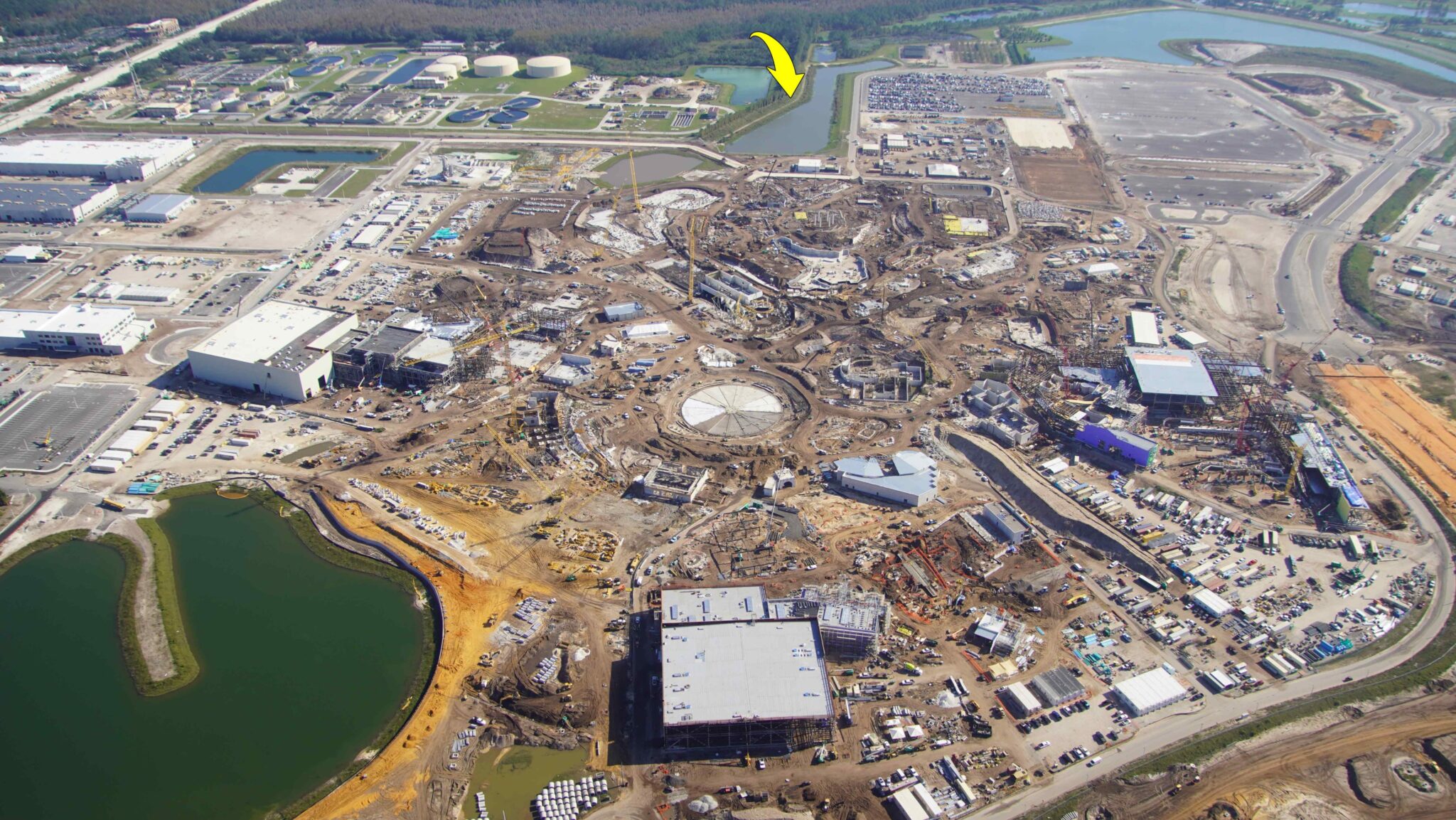Analysis: Trump's China Tariffs To Continue Until Late 2025

Table of Contents
The Biden Administration's Stance on Trump's China Tariffs
Despite campaign promises of a more conciliatory approach to China, President Biden has largely maintained the tariffs imposed by his predecessor. This continuity is a result of several interwoven factors.
-
Political Considerations: Removing the tariffs could be perceived as weakness on trade, potentially damaging Biden's political standing, especially amongst certain voter segments concerned about American jobs and competitiveness. The political cost of appearing "soft" on China is considered too high for the current administration.
-
Domestic Lobbying: Powerful US industries, including some agricultural sectors and manufacturers, either benefited directly or believe they benefited from the tariffs. These groups exert significant lobbying pressure to maintain the status quo, arguing that removing the tariffs would harm their competitiveness and lead to job losses. This lobbying effort significantly influences the Biden administration's decision-making process regarding the tariffs.
-
Negotiating Leverage: The tariffs remain a valuable bargaining chip in ongoing trade negotiations with China. The Biden administration might leverage the threat of maintaining or even escalating these tariffs to achieve concessions on issues such as intellectual property rights, market access, and technology transfer. The tariffs, therefore, function as a key element of US trade policy towards China.
-
Review Process: The process of reviewing and potentially removing the tariffs is slow and complex, involving extensive bureaucratic procedures and assessments. This bureaucratic inertia contributes to the continued existence of the tariffs, even if there's a growing consensus that their removal might be beneficial in the long term. The sheer complexity of the review process effectively delays any significant changes.
Economic Impacts of Extended Trump's China Tariffs
The extended presence of Trump's China tariffs continues to have profound economic consequences, impacting both the US and the global economy.
-
Inflationary Pressures: The tariffs contribute significantly to inflationary pressures, as increased import costs are passed on to consumers in the form of higher prices for a wide range of goods. This impact is particularly felt in sectors heavily reliant on imported goods from China. The ongoing inflationary pressures linked to the tariffs are a major economic concern.
-
Supply Chain Disruptions: The trade tensions stemming from the tariffs have created persistent disruptions to global supply chains. Businesses struggle with uncertainty and increased costs associated with sourcing materials and goods, leading to production delays and reduced efficiency. The fragility of global supply chains remains a key consequence of the trade dispute.
-
Impact on Specific Industries: Certain industries, such as agriculture and manufacturing, have been disproportionately affected by the tariffs. Farmers, for example, faced reduced exports to China, while some manufacturers experienced increased production costs. The sectoral impacts vary considerably, highlighting the uneven distribution of the economic effects.
-
Retaliatory Tariffs from China: China responded to the US tariffs with its own retaliatory measures, further exacerbating the negative impacts on global trade and economic growth. This tit-for-tat tariff war has had widespread consequences on global commerce.
The Projected Timeline and Potential Changes
While a complete removal of Trump's China tariffs before late 2025 seems unlikely, the possibility of adjustments or partial removals remains.
-
Review Deadlines: Several review deadlines for the tariffs are approaching. The outcomes of these reviews will be crucial in determining the future trajectory of the tariffs. These reviews will consider various factors including the state of the US-China relationship and the impact on the domestic economy.
-
Geopolitical Factors: Global events and the evolving geopolitical landscape significantly influence the US-China trade relationship. Escalations of geopolitical tensions could lead to a hardening of the US stance on the tariffs, while improved relations might create an opening for negotiations. The ongoing geopolitical environment is a critical determinant of the future of these tariffs.
-
Economic Indicators: Key economic data points, such as inflation rates and growth figures, will play a crucial role in informing decisions regarding the tariffs. If economic conditions deteriorate, the pressure to remove or reduce the tariffs might increase. Careful monitoring of these economic indicators is essential for forecasting changes in trade policy.
-
Potential for Negotiation: While the prospects for a comprehensive resolution remain uncertain, future negotiations between the US and China could lead to partial or conditional removal of certain tariffs. Successful negotiations would depend on the willingness of both sides to compromise and address their respective concerns.
Alternative Scenarios and Their Implications
Several alternative scenarios regarding the future of Trump's China tariffs are possible:
-
Complete Removal: A complete removal could boost economic growth by reducing prices and easing supply chain disruptions. However, it could also raise concerns about the competitiveness of US industries and potentially harm domestic producers.
-
Partial Removal: Targeted removal of tariffs on specific sectors or products could address particular economic concerns while preserving negotiating leverage in other areas. A partial removal requires careful strategic planning to ensure balanced economic outcomes.
-
Further Escalation: Further escalation, involving the imposition of new or increased tariffs, would likely worsen trade tensions and lead to more significant negative economic consequences for both the US and China, exacerbating existing inflationary pressures and supply chain issues.
Conclusion
This analysis has shown that Trump's China tariffs are unlikely to be fully removed before late 2025, due to a complex interplay of political, economic, and geopolitical factors. The continued presence of these tariffs will have lasting implications for both the US and Chinese economies, affecting inflation, supply chains, and specific industries. The consequences of these tariffs extend beyond simple trade relations, influencing everything from consumer spending power to broader geopolitical strategy.
Call to action: Stay informed about the ongoing developments concerning Trump's China tariffs. Regularly check for updates and analysis to understand the potential impact on your business or investments. Understanding the evolving situation surrounding Trump's China tariffs and their impact on US-China trade relations is crucial for navigating the complexities of the global trade landscape.

Featured Posts
-
 Ufc 313 Controversy Fighter Admits Defeat Following Robbery Accusations
May 19, 2025
Ufc 313 Controversy Fighter Admits Defeat Following Robbery Accusations
May 19, 2025 -
 Cassidy Hutchinsons Memoir Key Witness To The January 6th Hearings To Detail Events This Fall
May 19, 2025
Cassidy Hutchinsons Memoir Key Witness To The January 6th Hearings To Detail Events This Fall
May 19, 2025 -
 Dalfsen Amber Alert Parents Arrested After Children Rescued
May 19, 2025
Dalfsen Amber Alert Parents Arrested After Children Rescued
May 19, 2025 -
 The Eurovision Song Contest How The Voting System Really Works
May 19, 2025
The Eurovision Song Contest How The Voting System Really Works
May 19, 2025 -
 Universal Epic Universe Themed Lands Attractions Shows Tickets And Opening Date Information
May 19, 2025
Universal Epic Universe Themed Lands Attractions Shows Tickets And Opening Date Information
May 19, 2025
